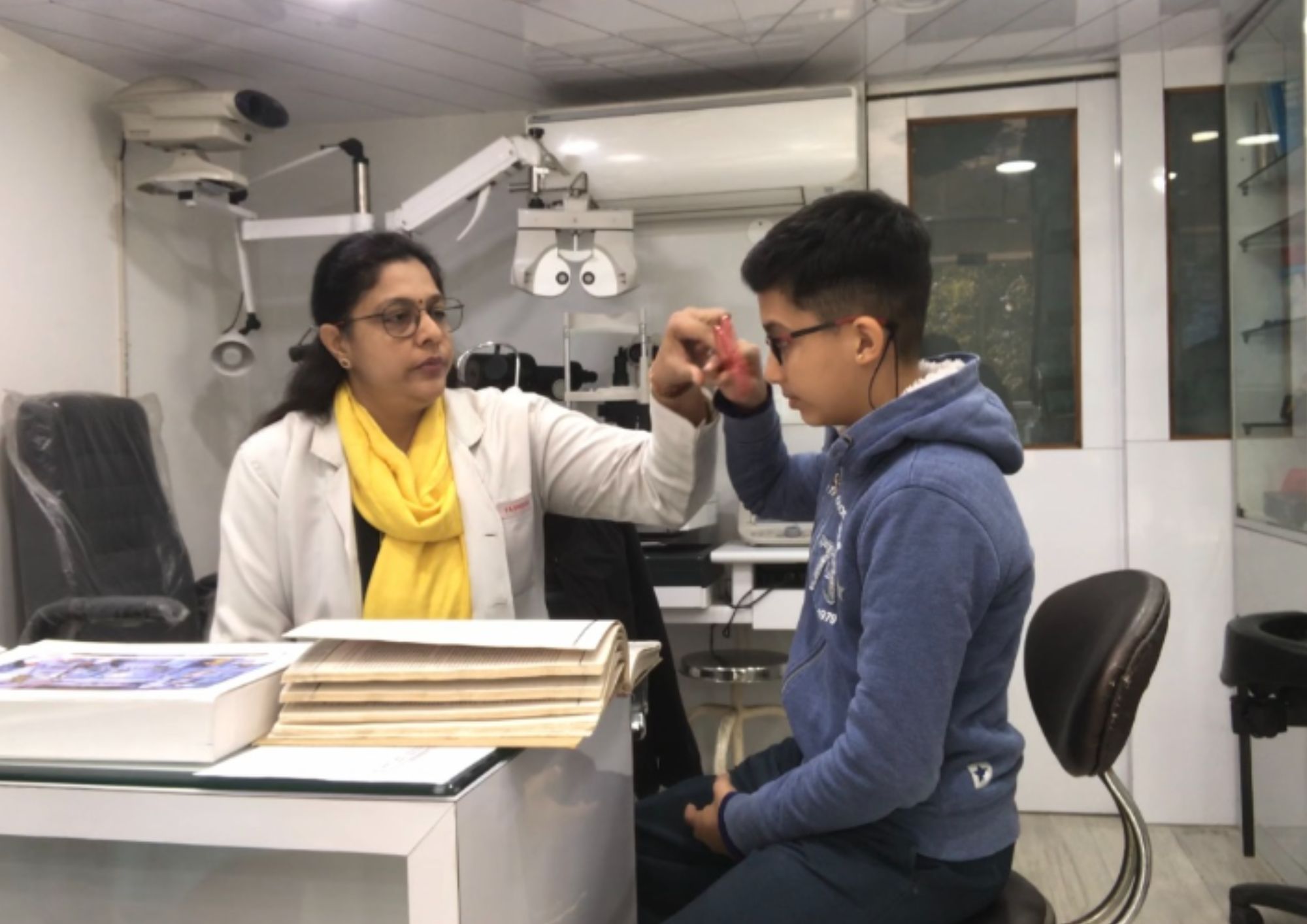Top-Rated Eyecare Near Me: Professional Vision Solutions Available
Top-Rated Eyecare Near Me: Professional Vision Solutions Available
Blog Article
The Function of Advanced Diagnostic Equipment in Identifying Eye Disorders
In the realm of ophthalmology, the application of sophisticated analysis devices has actually transformed the early identification and management of numerous eye problems. As the need for accurate and prompt medical diagnoses proceeds to grow, the integration of cutting-edge devices like optical comprehensibility tomography and aesthetic field testing has become crucial in the world of eye treatment.
Significance of Very Early Medical Diagnosis
Very early diagnosis plays a critical role in the reliable administration and therapy of eye conditions. By finding eye disorders at an early stage, health care carriers can provide suitable treatment strategies customized to the certain condition, inevitably leading to better end results for clients.

Modern Technology for Finding Glaucoma
Advanced diagnostic innovations play an important duty in the early discovery and monitoring of glaucoma, a leading reason of irreversible blindness worldwide. One such modern technology is optical coherence tomography (OCT), which supplies detailed cross-sectional pictures of the retina, permitting for the measurement of retinal nerve fiber layer density. This dimension is important in analyzing damage triggered by glaucoma. An additional advanced tool is aesthetic area testing, which maps the level of sensitivity of a person's visual field, assisting to discover any kind of locations of vision loss quality of glaucoma. In addition, tonometry is used to determine intraocular stress, a major threat factor for glaucoma. This test is essential as raised intraocular pressure can result in optic nerve damage. Newer innovations like the usage of man-made knowledge formulas in assessing imaging information are revealing encouraging outcomes in the very early discovery of glaucoma. These sophisticated analysis devices make it possible for eye doctors to detect glaucoma in its very early phases, enabling prompt treatment and much better administration of the illness to stop vision loss.
Function of Optical Comprehensibility Tomography

OCT's capability to quantify retinal nerve fiber layer density permits precise and objective dimensions, helping in the early discovery of glaucoma even before aesthetic field issues emerge. OCT innovation allows longitudinal monitoring of architectural changes over time, assisting in customized therapy plans and timely treatments to help try this site protect people' vision. The non-invasive nature of OCT imaging likewise makes it a recommended choice for checking glaucoma progression, as it can be repeated consistently without causing pain to the person. In general, OCT plays a critical role in improving the analysis precision and management of glaucoma, eventually adding to far better outcomes for individuals in jeopardy of vision loss.
Enhancing Diagnosis With Visual Field Screening
An essential part in extensive ocular assessments, visual field screening plays an essential role in enhancing the diagnostic procedure for numerous eye disorders. By analyzing the complete extent of a patient's aesthetic area, this examination gives crucial details concerning the useful stability of the entire visual path, from the retina to the aesthetic cortex.
Visual field screening is specifically useful in the diagnosis and management of conditions such as glaucoma, optic nerve problems, and different neurological illness that can affect vision. Via measurable measurements of peripheral and main vision, clinicians can spot refined adjustments that may indicate the visibility or progression of these disorders, also before noticeable signs and symptoms happen.
Additionally, aesthetic field testing have a peek at this website permits the tracking of therapy effectiveness, helping eye doctors tailor healing interventions to individual clients. eyecare near me. By tracking modifications in aesthetic field efficiency in time, doctor can make educated choices regarding adjusting medicines, recommending medical interventions, or carrying out other proper measures to maintain or improve a person's visual feature
Managing Macular Degeneration

Final Thought
To conclude, advanced analysis devices play a critical duty in recognizing eye problems early on. Technologies such as Optical Comprehensibility Tomography and visual area testing have significantly improved the precision and performance of detecting problems like glaucoma and macular degeneration. Early detection allows for prompt treatment and administration of these disorders, ultimately leading to much better results for patients. It is essential for health care specialists to stay upgraded on these developments to provide the most effective feasible take care of their individuals. eyecare near me.
Report this page